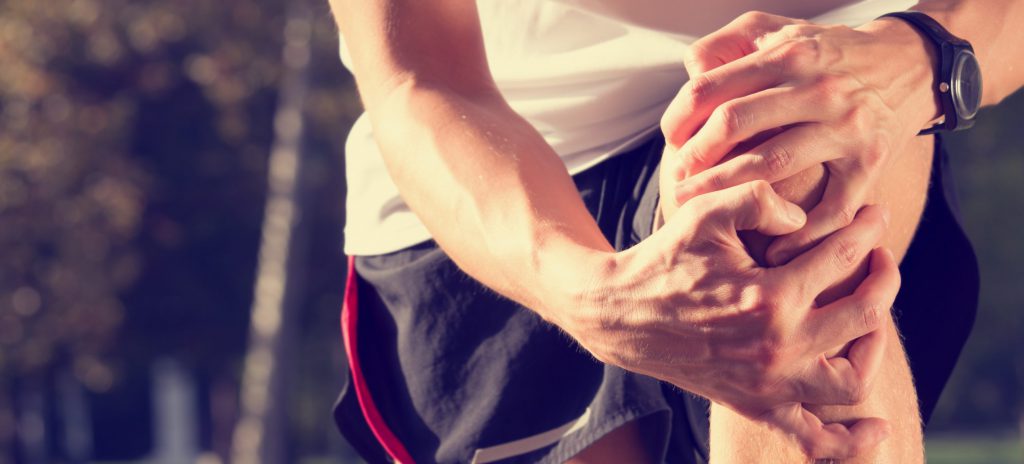Our joints form the connections between our bones. Over a lifetime, they get a lot of use while providing support and assisting with normal movement. Any harm caused to the joints from injury or disease may result in a lot of pain that can negatively impact daily life.
Conditions that cause joint pain can be from a disease, such as osteo- or rheumatoid arthritis, bursitis and gout; but painful joints can also occur when one suffers a strain or sprain from sudden injury. One third of adults report experiencing joint pain at any given time, ranging from simply annoying to debilitating. Our aging population has also see more incidence of joint pain. Knee, shoulder and hip pain are the most commonly reported areas for inflamed and painful joints. Whether short-term or chronic, joint pain is normally treated with medications, physical therapy, and in some cases, alternative forms of treatment.
Medications: For mild pain with no swelling, acetaminophen (Tylenol) is generally effective, but should not be taken in high doses as it can cause liver damage. For moderate-to-severe joint pain with swelling, an over-the-counter or prescription nonsteroidal anti-inflammatory drug (NSAID) such as aspirin, ibuprofen (Advil, Motrin) or naproxen (Aleve) can help – although overuse of these drugs can also have adverse side effects, including gastrointestinal bleeding. Because of these risks, if pain persists you should visit a medical professional before continuing.
The newest generation of treatments, Cox-2 inhibitors, have been problematic with reports they cause an increased risk of cardiovascular issues. Beyond the over-the-counter remedies and Cox-2 drugs, your doctor may also prescribe a stronger opioid, but these must be taken with care as they can cause marked drowsiness.
Topical treatments include over-the-counter creams, such as Ben Gay; or capsaicin, which blocks pain signals and triggers endorphins, which block pain. For those who have not found effective relief from topical treatments and medications, steroid injections are a consideration. Steroid injections are most commonly given when patients have chronic arthritis, joint disease, and tendinitis. The procedure is effective, but in most cases temporary.
Exercise and Physical Therapy: There are some things a patient can do at home to relieve joint pain. Because extra weight puts undue pressure on joints, losing weight is an effective way to reduce this pressure. Exercise is also beneficial and goes hand-in-hand with weight loss. To keep from furthering injuring your joints, stick to low impact activities such as bicycling or swimming.
Should a trip to a physical therapist become necessary, common techniques for joint pain treatment include ultrasounds, hands-on manipulation, heat or cold therapy and electronic nerve stimulation.
While at home, here are some simple tips for reducing pain and inflammation:
- Protect the joint with a brace or wrap.
- Rest whenever possible, and elevate the joint above heart level.
- Ice for 15 minutes several times a day for inflammation.
- For muscle spasms around the joint, alternate ice with a heating pad.
